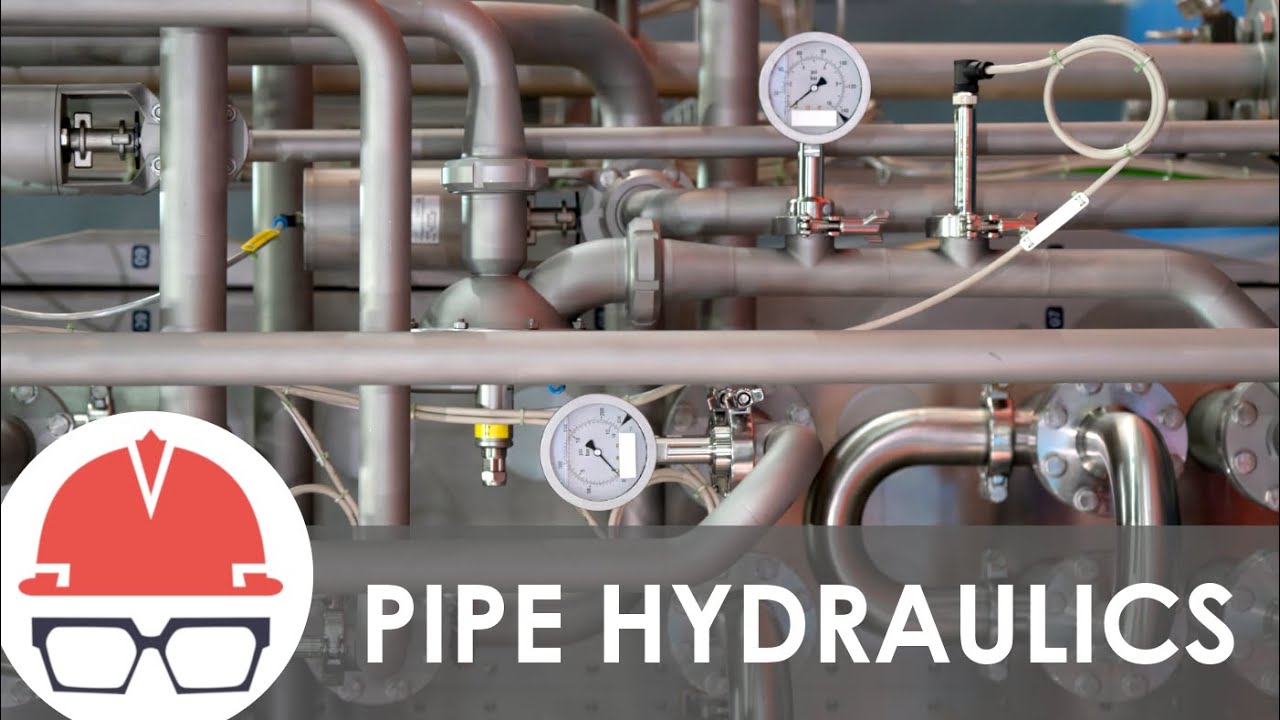I haven't just as an engineer with hydraulics experience, it just doesn't add up that a pump powered system would lose pressure. Pressure is a measure of flow through a restriction. The oil cooler should at worst slow down the pressure ramp, IE when you first hit the gas, the time from idle pressure to "full" pressure takes "x" seconds, the addition of the cooler should make it "x+y", but you should still reach the same pressure after a bit of time. The pump pushes "z" oil/second, upto max pressure. (IE Pressure Washers are rated at PSI with the smallest nozzle they can handle, but the flow rate is with no restriction at all, so you aren't pushing 1.2GPM at 2300PSI, it's more of an either/or)
The cooler probably does create a LOCAL pressure drop in the cooler, but it should still allow the same volume of oil to flow through it in a give time, just internally to the cooler the oil will be slower flowing to give it time to lose some heat, by the cooler using larger tubes than the feed/drain side hoses. (IE the hoses from RAM would be 1/2" (or w/e), and the cooler would use 3/4" or 1" pipe to slow the oil flow internally, so the oil could "spread out" in the cooler, but the loop is effectively closed, meaning the pump shouldn't need to do anything any different, and you should see the same pressure through the entire system.


